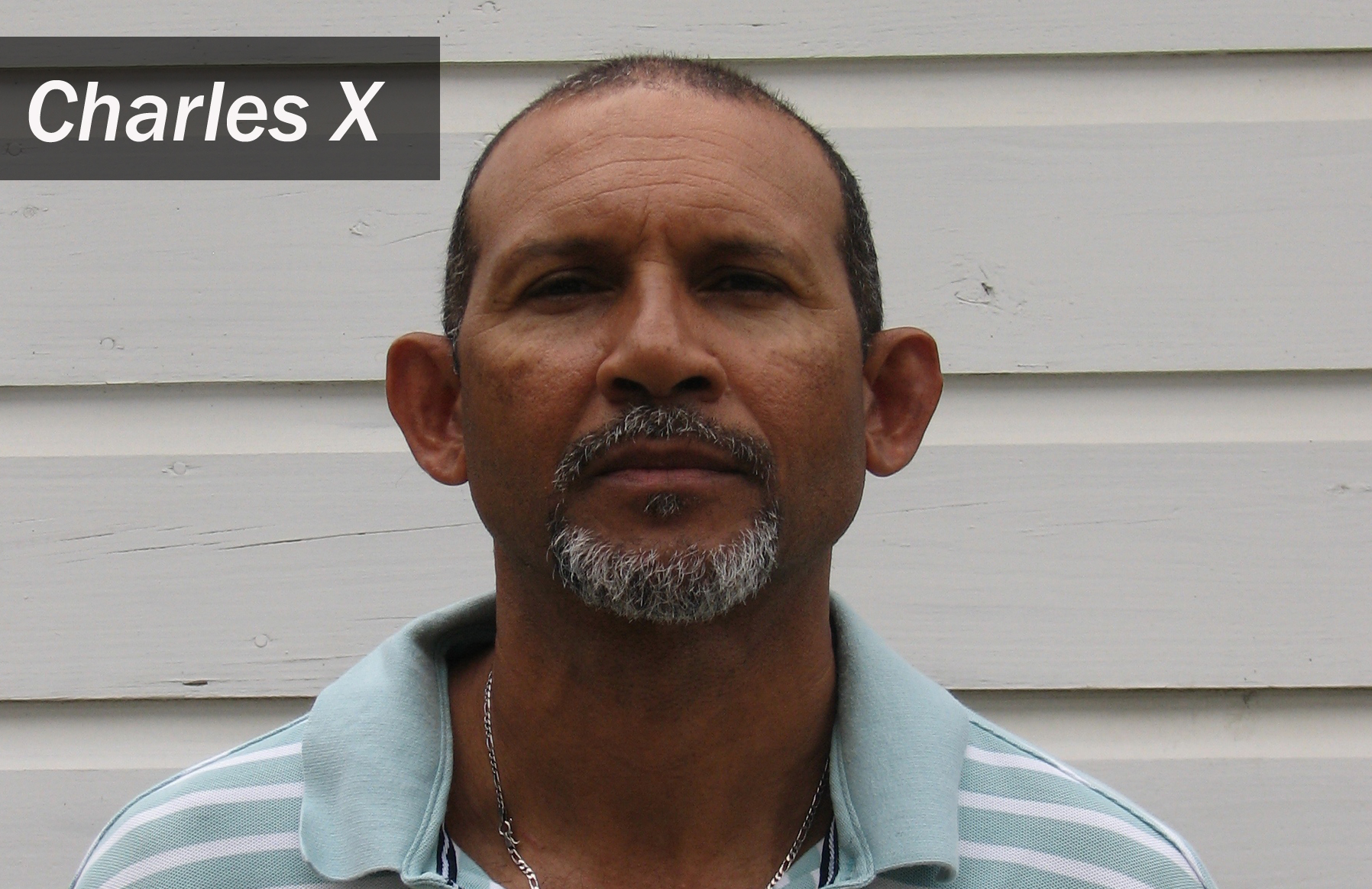BELIZE CITY–As there is a slight lull on the local football scene, with no definite date yet announced for the start of the next Premier League competition, perhaps it is a good time to reminisce.
I was doing some of that a few years ago, and thought it would be a good time to share it with our football fans, although the work was incomplete. Time does fly.
Here goes:
BELIZEAN FOOTBALL COMPARISONS
Thursday, March 8, 2007
Belize is presently ranked near the bottom, in fact some are saying we are at the bottom of the list of football ranked nations in FIFA, the world governing body of football, to which Belize gained provisional membership in 1981 when our nation became independent, and then full membership in 1986. Yet, some young footballers of today argue that they are playing ‘higher’ ball than teams of yesteryear, because they are now “semi-pro.”
Debating “dis ya time” versus “befo time” seldom leads to a conclusion, because there are often biases, “old school” versus “new school”; besides, there are no videotaped records of Belizean teams in the sixties and seventies, for example. It is a fruitless argument also, because the level of play has not been consistent over the years; there have always been peaks and valleys in the performance level of teams, and of the standard of play in the leagues from year to year. In trying to make sense of the debate, perhaps it would be useful to try and trace the development of football in Belize from as far back as records and recollections of old timers are available; and try and highlight and analyze the performance level and achievements of the outstanding teams, in each decade, for example.
One observation that immediately surfaces, which is acknowledged by even the old timers, is that the level of skill and team strategy in recent times is far above that employed by teams in the very early days. And that is to be expected, because at the start the game was just being learned in Belize. There was obviously a period when there was a steep learning curve, when the game was just being developed in Belize; followed by a period when we had reached a standard comparable to some of our neighbors in the Caribbean and Central America. The next stage is where things become a bit “cloudy”, because there appears to have been peaks and valleys in the level of Belizean football, as represented by champion teams or Belize selections, at least as in terms of how we fared in competition against our regional counterparts. We also have to concede that regionally the game had also gone through a development process; but professionalism (as well as political Independence) was reached much earlier in other countries of the region than in Belize.
A question that comes to mind is, why did professionalism take so long to come in Belize, practically ten years after Independence; and even then, only as a result of special circumstances, and at the prodding of individual football clubs, not the officials.
(Nov. 11, 2007 – It should be noted here that, although the first semipro league did not get off the ground until 1991, a form of undercover professionalism was already taking place for over a decade, or more, where individual players were wooed by financially strong sponsors with cash and kind in order to strengthen their teams. This can be the only explanations for players who were admittedly at the top of their game, and playing with teammates they had grown up with and rose to championships with, suddenly “crossing over” to join their erstwhile opponents or even arch rivals.
Professionalism not being legal at the time, and thus without contracts securing the services of their players, financially poor clubs were thus easy prey for wealthy sponsors, who gave nothing in return to these clubs who lost some of their best players. In professional leagues, it is the norm, and to the benefit of individual players, that players move from club to club when the price is right, and everybody gains something – the player moving, the club buying his contract, and the club selling his contract.
In a sense then, it can be said that in the “old days” before professionalism, there was rampant “corruption” in the game, not only in these unfair exchanges of players with no compensation to the club losing the player, but often, once the player has been registered to the new club, there was no guarantee that his new club would live up to its promises. Another aspect occasionally speculated about, is the “selling” of games by individual players, and even whole teams who saw this as the only opportunity to gain financially from the game. Referees were not immune to corruption either. Referees were poorly paid; in fact, at first they were not paid at all. And there had been strong, though naturally unconfirmed, suspicions that certain referees even bet on games that they were officiating.
(To be continued.)

